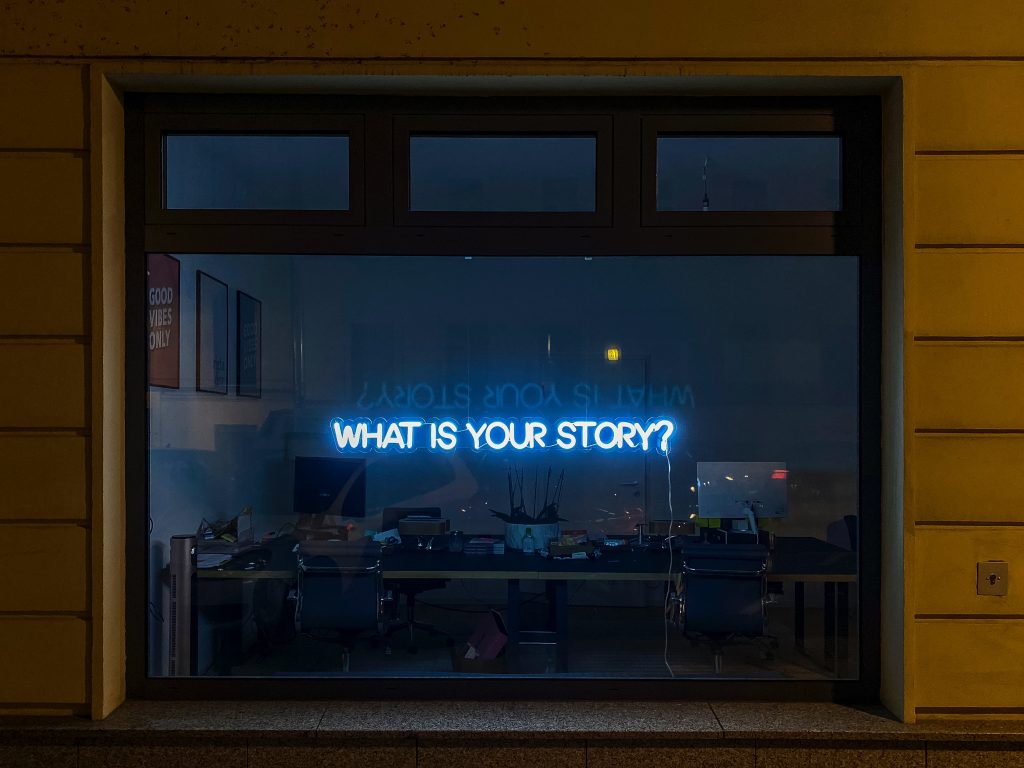
Guest bloggers, Anne Race & Henry Rowling of Flying Cars Innovation, share their gems of knowledge to help you innovate, and most importantly, succeed.
So - your new plan for the year says your fundraising ‘needs to be more innovative’. The pressure is on to develop new campaigns with big income potential. You need to raise more money to support more people and build a better world.
But how do you get started? Developing a culture that is supportive of innovation takes a lot of work. Many organisations are set up to maximise return on investment from existing campaigns. Not to create and test innovative new fundraisers.
Here are our top tips on how you can start to build a more innovative culture.
1. Audience insight
You need to make sure your audience is heard within your organisation. Too often, we develop products that do not answer the unmet needs of your audience. When developing a new product or campaign, you should start by identifying a target audience and gathering insight. Find out how to start gathering insight that matters at the free Innovation Masterclass we are running on May 12th.
Start by identifying a target audience and gathering insight
2. Innovation process
To become more innovative in the future, you need a process to take you through the key stages:
- Set the right brief
- Speak to the target audience to gain insights
- Develop ideas rooted in audience insight
- Prototype, test and pivot your shortlisted ideas
This process cannot be based on how you develop business-as-usual campaigns. You should refine your innovation process as you work with it.
3. Make space for innovation
Often organisations ask that innovation happens in addition to an already packed portfolio of fundraising campaigns and products, as well as other projects that need to be delivered. This adds stress and puts pressure on already stretched resources. Make space for innovation by stopping some campaigns that aren’t adding enough value. We all have campaigns that deliver marginal gains. Assess your portfolio and stop something to make room for the new.
4. Failure
Build a culture that is supportive of failure. By definition, innovation has a degree of risk attached. But it’s purposeful, managed risk, and ideas are planned for failure. If everything new we tried worked the first time, fundraising would be super easy. But learning from our failures and embedding that learning into your organisational knowledge is vital for innovation. You should encourage your senior leaders to talk about their failures if you want to become more innovative. That will permit everyone to be open and honest about what is and isn’t working. Check out the Charity Leadership Festival May 24th which has a session on this very topic.
Build a culture that is supportive of failure.
5. Sign-off
You should review your sign-off and slim it down as much as possible. In innovation, speed matters. Because not all ideas work, but because you need to burn through the ideas that don’t work for the audience as quickly and cheaply as possible to find the gems. Slow sign-off takes you further away from a win. Ideas designed by committee usually become less attractive to the supporter. Try to devise an agile sign-off process for innovative new campaigns.
6. Diverse thought
As you develop a new campaign, you must ensure you have diverse voices in the room and process. Qualitative insight should be created from a diverse panel within your priority audience. Your ideation sessions should also be as diverse as possible, again within the boundaries of your priority audience. Try to involve people from around your whole organisation to get varied ideas on how to tackle the problem you are solving. Diverse teams develop broader ideas and have more life experience to draw on.
You must ensure you have diverse voices in the room.
7. Work on the right brief upfront.
When we work with clients, we ensure we are working on the right brief. This means we set a big exciting goal upfront - to set ambition and get the organisation excited. We then identify a precise audience. The insight we are looking for goes beyond your supporter segmentation - Segment 3; ‘Colin the Contented commuter’ or ‘0-24 £10-50 cash giver’. What do they think and feel, what do they want and need? Why are they the right audience? Doing this work upfront ensures you know the goal for the audience and what success looks like. Sometimes briefs can be confused or unclear and people can find themselves working on the wrong problem.
If you address the 7 areas above you will be well on your way to greater fundraising innovation. For more tips have a read of 5 ways to build a successful innovation team and attend the Flying Cars Innovation Masterclass on May 12th.






